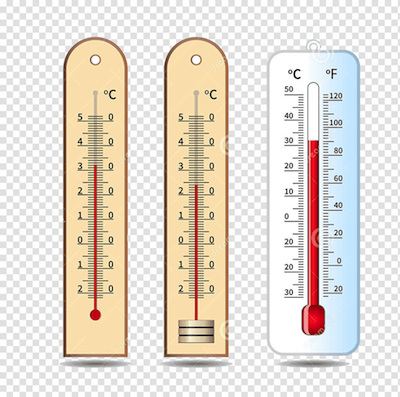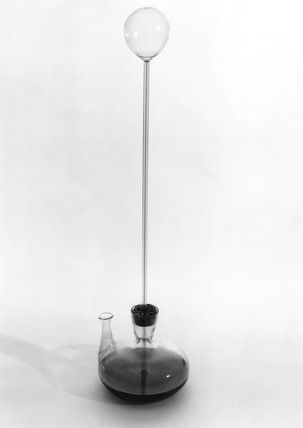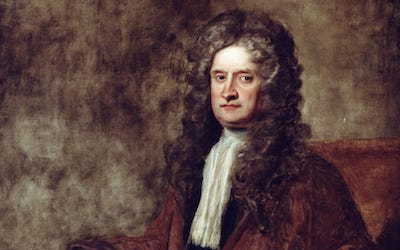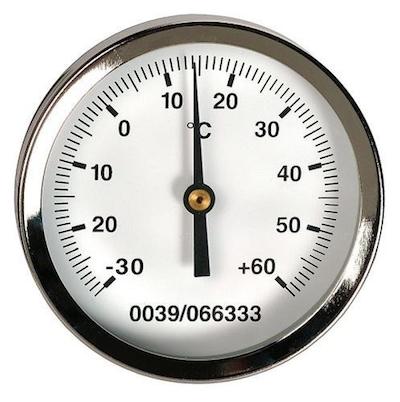When you think about measuring temperature, you know that it is something that you can do quickly. However, measuring temperature hasn’t always been that easy or fast.
One of the things that you know is that we have always seen temperature changes. After all, we come from winter where it snows and rains to the summer where the sun dries everything. However, if you think about it, you’re not measuring temperature; you’re just observing it. You can’t tell simply by looking that water freezes at 0 °C, or that it boils at 100 °C. All we learn from observation is that heat and cold do something to the water, or that water behaves differently when it is heated or cooled.

Discover all the convert tools that you need.
Back in the 16th and 17th centuries, many different scientists improved both their observations and experiments to try to define the coldness or hotness in the air. And at this time, they built thermoscopes which were basic measuring tools that used the expansion and contraction of air and water when heated and cooled. While the concept was revolutionary, thermoscopes didn’t include a numeric scale.

Learn how to convert liters to ounces.
The reality is that the thermoscope was, most of the times, a simple tube of gas over liquid. But thermoscopes also served as barometers that measure pressure.
The 18th century brought a lot of changes to thermometers and all these changes thanks to names like Daniel Fahrenheit, Anders Celsius, and Isaac Newton.
Looking to convert millibars to atmospheres?
Here are some of the breakthroughs during this period:
- Isaac Newton proposed a thermometer with a scale of 12 degrees between the freezing and boiling points of water.

- Fahrenheit was working with tubes filled with mercury, which has a very high coefficient of thermal expansion. This, combined with the quality and accuracy of Fahrenheit’s work, led to much greater sensitivity, and his thermometer was standardized against a brine solution and universally adopted, with the Fahrenheit scale being named in his honor.
- Anders Celsius proposed a 100 degrees scale for the difference between freezing and boiling of water, and after a few minor adjustments, the Celsius, or centigrade system was also widely adopted.
This is how you convert pascals to bars.
The Evolution To Today’s Thermometers
Thermometers didn’t stop here and they saw a lot of advances throughout the years. And these advancements are now being used by chemistry and medicine. The reality is that early thermometers weren’t able to either record or hold the temperature they were measuring. An interesting fact that you may not know is that if you removed the thermometer from the substance being measured, its reading would change. So, scientists had to come out with a solution to this problem and they managed to invent new thermometers that would maintain their reading, at least for a limited period of time. This would not only reduce measurement errors but also make it easier to record the temperature.
Learn more about temperature measurement.

At this point, dial thermometers using bimetallic strips were also developed. The bimetallic strips are made from two dissimilar metals bonded together, with each metal having a different coefficient of thermal expansion. Upon heating or cooling, the two metals expand or contract at different rates, causing a bending or curvature to appear in the strip. This bending is useful as a transducer for the temperature reading; it can control a thermostatted circuit or drive a simple dial thermometer.